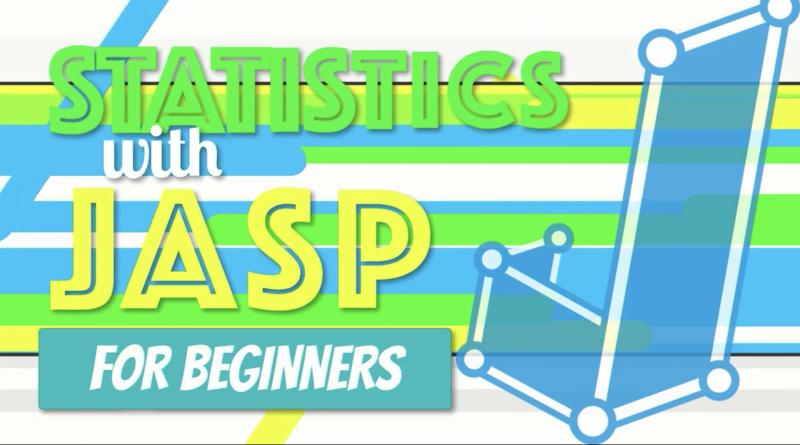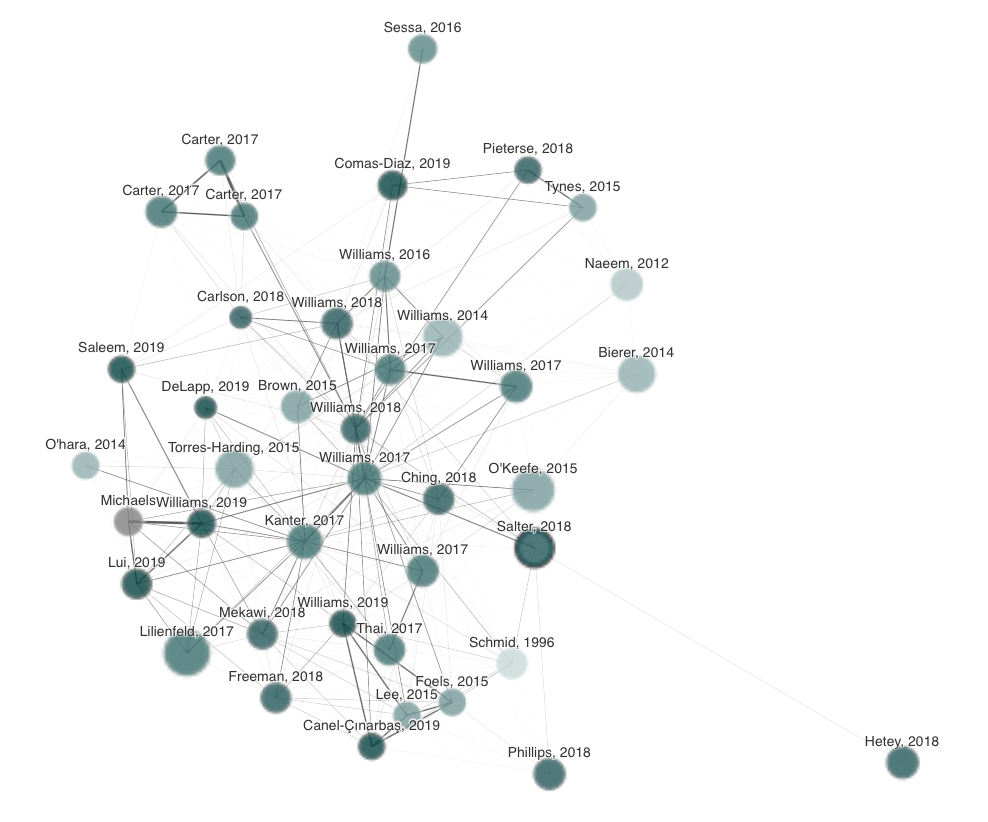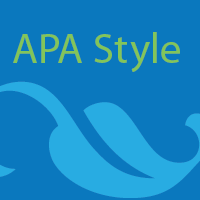Video: How to Do a Pearson Correlation in JASP
Video (18:47) from Research by Design in which, “Using a dataset about burnout and job satisfaction, we learn how to conduct a simple correlation, how to interpret it, and how to write it up in APA style. We begin by exploring the theoretical relationship among the variables to understand how correlation works. After we walk […]
Video: How to Do a Pearson Correlation in JASP Read More »




